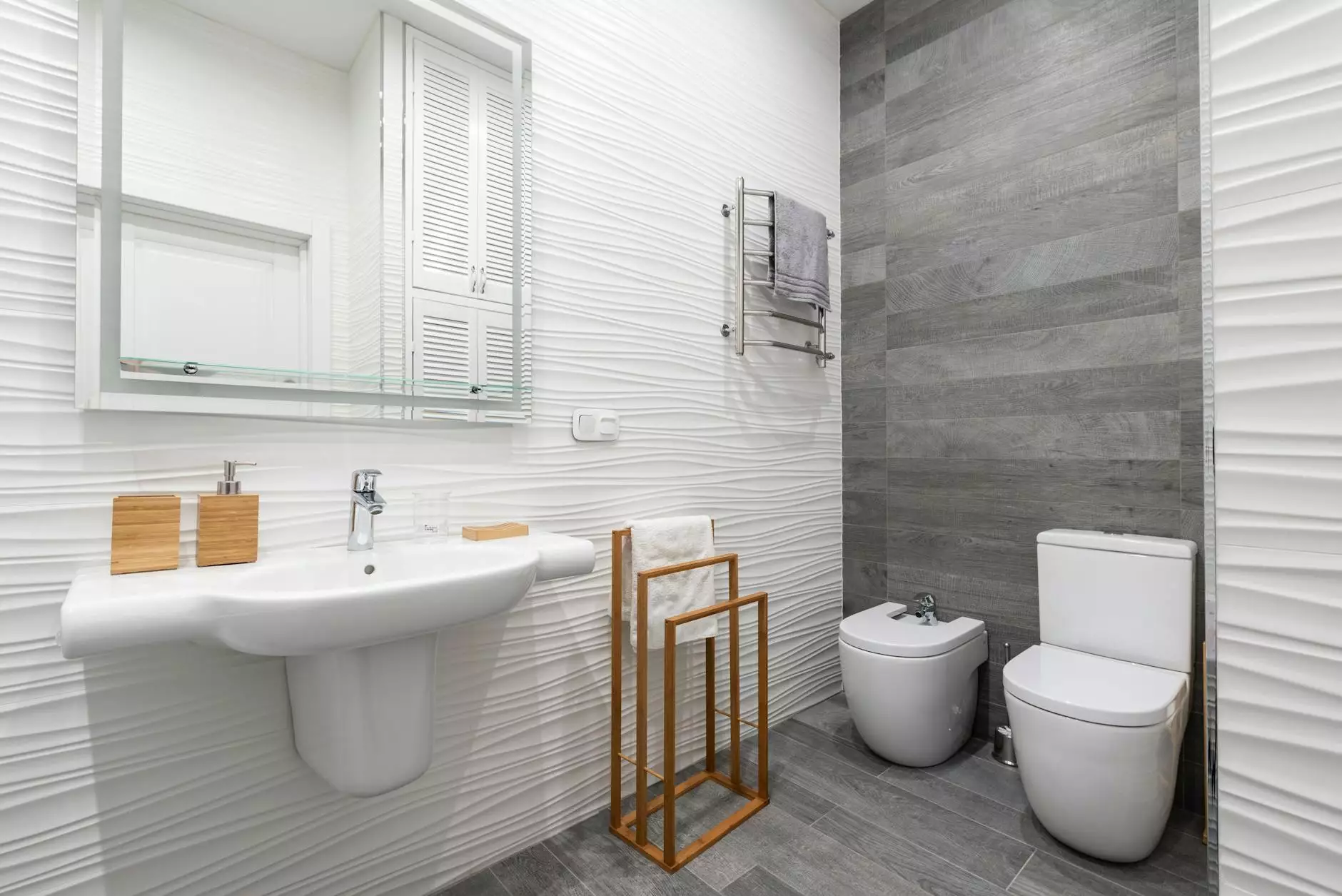Mastering the Pool Plastering Process: A Comprehensive Guide

The pool plastering process is a critical aspect of maintaining and enhancing the longevity of your swimming pool. This detailed guide aims to provide pool owners with a thorough understanding of what the plastering process entails, its benefits, and tips to achieve the best results. By mastering this process, you can ensure that your pool not only looks stunning but also remains functional for years to come.
Understanding Pool Plastering
Pool plastering is the final layer applied to a concrete or gunite swimming pool surface. It serves several essential purposes, including:
- Protection from underlying materials.
- Aesthetic appeal by providing a smooth, visually pleasing surface.
- Improved water retention and overall pool hygiene.
Choosing the right plastering material is crucial to achieving a high-quality finish and ensuring durability. Common materials used in the pool plastering process include:
- White Portland Cement
- Colored Plaster for aesthetic variations
- Aggregate Plaster for a textured finish
Why Is Pool Plastering Important?
Plastering plays a vital role in both the maintenance and aesthetic appeal of your pool. Here are some key reasons why you should prioritize the pool plastering process:
- Enhanced Durability: Proper plastering protects your pool from the elements, reduces the likelihood of cracks, and extends the lifespan of the structure.
- Improved Water Chemistry: A smooth, well-finished surface is easier to maintain regarding chemical balance, leading to healthier water quality.
- Increased Property Value: A beautifully plastered pool can significantly enhance the value of your home and attract potential buyers.
- Aesthetics: The right color and texture can beautify your outdoor space, making it a relaxing retreat.
The Pool Plastering Process Explained
Now that you understand the significance of pool plastering, let’s delve into the actual pool plastering process itself. Here are the key steps involved:
1. Preparation of the Pool Surface
Before applying plaster, the pool surface must be adequately prepared. This involves:
- Draining the Pool: Remove all the water from the pool to access the surface.
- Cleaning: Thoroughly scrub the walls and floor to eliminate debris, algae, and old plaster residues.
- Repairing Cracks: Fill in any cracks or holes to ensure a smooth application of the plaster.
- Applying Bonding Agent: A bonding agent is often applied to improve adhesion between the old surface and the new plaster.
2. Mixing the Plaster
The next step is to prepare the plaster mix. Key aspects include:
- Choosing the Right Mix: Depending on the desired texture and color, choose a suitable blend of plaster ingredients.
- Proportioning Ingredients: Accurate measuring of materials is crucial for achieving the desired consistency.
- Mixing: Use a drill and paddle mixer to blend the plaster to a smooth, lump-free consistency.
3. Applying the Plaster
Once your mixture is ready, the application can begin. Follow these steps:
- Timing: Apply plaster in cooler parts of the day to avoid drying too quickly.
- Use of Trowels: Professionals use steel trowels to apply and smooth the plaster evenly over the surface.
- Ensure a Consistent Thickness: Aim for a thickness of approximately 1/2 inch to ensure durability and longevity.
4. Curing the Plaster
Curing is a crucial step in the pool plastering process that ensures the plaster hardens properly. Here are essential tips:
- Watering the Surface: Mist the surface periodically for the first few days to maintain moisture.
- Letting It Dry: Allow the plaster to cure for at least seven days before filling the pool with water.
5. Final Touches
Once cured, additional steps can enhance your pool’s appeal:
- Polishing: Some choose to polish the surface for added shine.
- Sealing: Applying a sealant can protect against stains and enhance coloration.
Maintenance After Pool Plastering
After undergoing the pool plastering process, it’s essential to maintain your new surface effectively:
- Regular Cleaning: Skim debris and brush walls to prevent buildup.
- Monitor Water Chemistry: Regularly test pH and chlorine levels to ensure optimal pool health.
- Address Issues Promptly: Watch for signs of wear or damage and address them quickly to avoid larger problems.
Choosing Professionals for Pool Plastering
While some homeowners may attempt DIY pool plastering, hiring professionals can lead to superior results. Here’s why you should consider expert help:
- Experience: Professionals have the skills and knowledge to execute the job correctly.
- Quality Materials: They often have access to superior materials and equipment.
- Time Efficiency: Professionals can complete the job more rapidly, minimizing inconvenience.
Conclusion
In conclusion, the pool plastering process is essential to maintain the beauty and functionality of your swimming pool. By understanding each step of the process, from preparation to final maintenance, you can ensure that your pool remains a stunning focal point of your outdoor space for years to come.
For more information or to consult with professionals about your pool plastering needs, visit poolrenovation.com.









